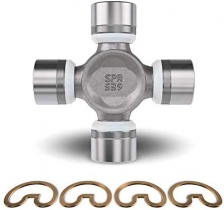-
Welcome to Tacoma World!
You are currently viewing as a guest! To get full-access, you need to register for a FREE account.
As a registered member, you’ll be able to:- Participate in all Tacoma discussion topics
- Communicate privately with other Tacoma owners from around the world
- Post your own photos in our Members Gallery
- Access all special features of the site
Turning corners with stick shift
Discussion in '2nd Gen. Tacomas (2005-2015)' started by bluejays, Mar 26, 2009.
Page 2 of 2
Page 2 of 2


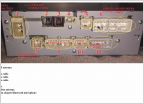 2014 Non JBL w/ nav & Entunes retrofit w/ info & part numbers
2014 Non JBL w/ nav & Entunes retrofit w/ info & part numbers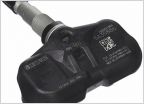 Sick of that TPMS light? Give this a try!
Sick of that TPMS light? Give this a try!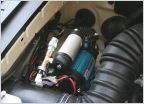 Does anyone have a high output air compressor installed?
Does anyone have a high output air compressor installed?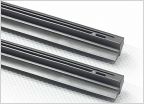 Refillable Wiper Blades still Exist??
Refillable Wiper Blades still Exist??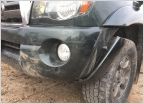 Amazon bumper after new frame and deer encounter?
Amazon bumper after new frame and deer encounter?
























































